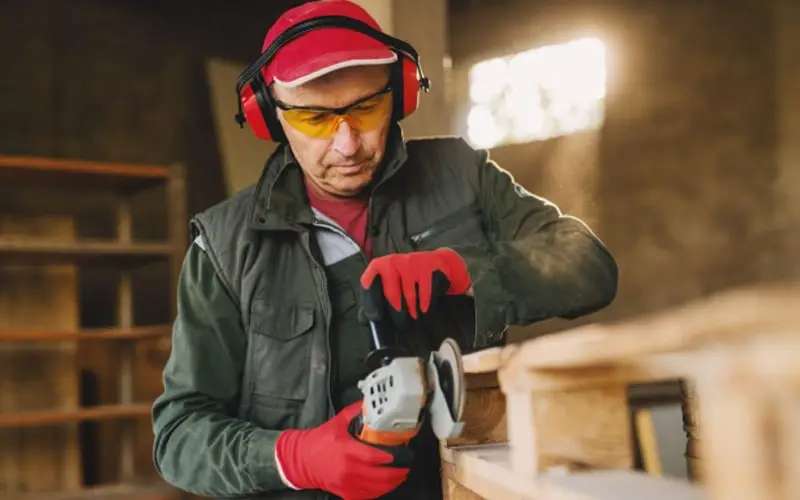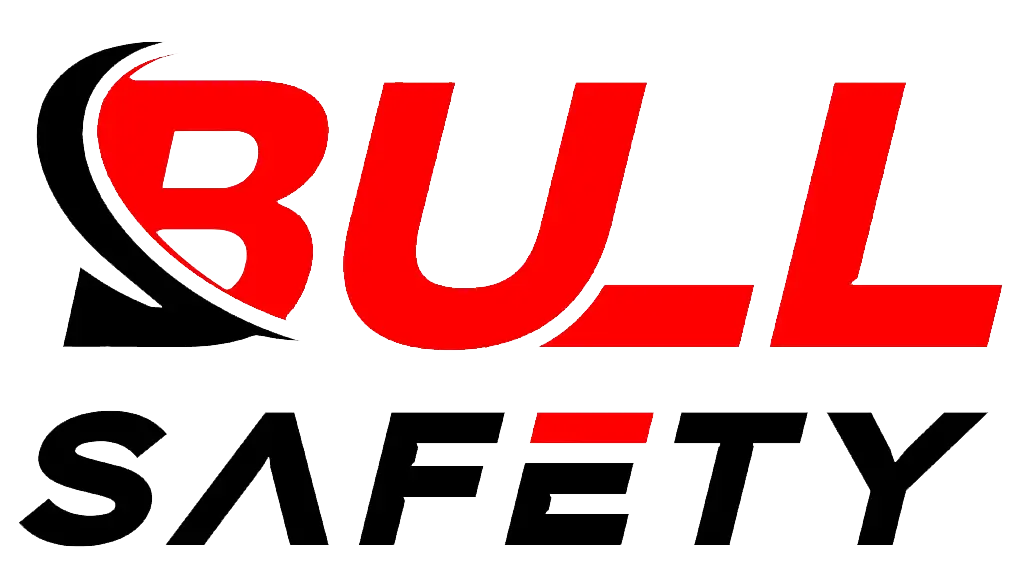
As I have been involved in PPE procurement, I know how critical PPE is for workplace safety. Without the right protective equipment, workers are at risk of serious injuries from chemical exposure, sharp objects, or heavy machinery.
PPE includes essential safety gear like gloves, helmets, goggles, ear protection, and protective clothing, each designed for specific workplace risks. To ensure safety and compliance, I always look for CE (Europe) or ANSI (North America) certifications before making a purchase.
Choosing the Right PPE for Workplace Safety
After years in the labor protection industry, I’ve learned that selecting PPE requires evaluating workplace hazards and ensuring compliance with standards like CE, ANSI, or EN388.
To make the best selection, I always consider:
- Chemical handling → I choose chemical-resistant gloves that meet EN374 and ANSI standards.
- Construction work → I opt for abrasion-resistant and cut-resistant gloves (EN388 Level 3-5).
- Impact protection → I look for ANSI/ISEA 138-certified gloves with TPR reinforcements.
Comfort and fit matter, too. I ensure gloves are properly sized to maintain dexterity. Only by choosing and using PPE correctly can I truly protect workers.
What Are Some Examples of Personal Protective Equipment?
Common PPE includes EN388-rated safety gloves, ANSI-certified helmets, goggles, ear protection, and protective clothing.
Different industries require specific PPE:
- Construction workers → Hard hats (ANSI Z89.1), cut-resistant gloves (EN388 Level 3-5).
- Lab technicians → Chemical-resistant gloves (EN374), safety goggles (ANSI Z87.1).
- Welders → Heat-resistant gloves (EN407), face shields (ANSI Z87.1).
To ensure compliance, I always verify CE, ANSI, and third-party test reports from suppliers before purchasing.
What Is Included in PPE Equipment?
PPE includes gloves, helmets, goggles, hearing protection, and protective clothing designed to reduce workplace risks.
| PPE Category | Examples | Primary Hazards Protected |
|---|---|---|
| Head Protection | Hard hats (ANSI Z89.1) | Falling objects, impacts |
| Eye and Face Protection | Safety goggles (EN166), face shields | Flying debris, chemical splashes |
| Hearing Protection | Earplugs, earmuffs | Loud noise, hearing damage |
| Hand Protection | Cut-resistant gloves (EN388) | Cuts, burns, chemicals |
| Body Protection | Coveralls, vests (EN ISO 20471) | Abrasions, environmental hazards |
When sourcing PPE, I make sure to request certification documents, material data sheets, and batch test reports to verify compliance.
Where Can I Buy Hand Protection Equipment?
The best places to source hand protection equipment include PPE manufacturers, B2B platforms, and trade shows.
| Source | Advantages | Disadvantages |
|---|---|---|
| PPE Manufacturers | Direct bulk orders, certified products | High MOQ, longer lead times |
| B2B Marketplaces | Wide selection, flexible quantities | Supplier vetting required |
| Trade Shows | Hands-on product testing, supplier networking | Requires travel, time-consuming |
| Local Distributors | Fast shipping, easy communication | Higher costs, limited selection |
For bulk orders, I always request CE/ANSI certification proof, third-party lab tests, and sample verification before purchasing.
How to Choose the Right Safety Gloves for Work?
Choosing the right gloves means matching the protection level to the workplace risks.
| Task | Recommended Gloves | Key Protection Features |
|---|---|---|
| Chemical Handling | Nitrile, PVC-coated gloves | EN374-certified, chemical resistance |
| Construction | Cut-resistant, leather gloves | EN388 Level 3-5, abrasion protection |
| Welding | Heat-resistant gloves | EN407-compliant, flame resistance |
| Food Processing | Food-safe nitrile gloves | FDA-approved, contamination prevention |
I also consider ergonomics and fit, as gloves that are too tight or loose can reduce dexterity and increase accident risks.
When Should You Wear Cut-Resistant Gloves?
Cut-resistant gloves should be worn when handling sharp materials like glass, sheet metal, or blades.
| Scenario | Why Cut-Resistant Gloves Are Needed |
|---|---|
| Metal Fabrication | Workers handle sharp metal edges. |
| Construction | Sharp tools and debris pose a risk. |
| Food Processing | Workers handle knives and sharp blades. |
For industrial use, I always choose EN388 Level 4-5 gloves to ensure the highest cut protection.
Conclusion
Ensuring the right PPE, especially safety gloves, is essential for protecting workers. I always prioritize certified, high-quality products that meet CE, ANSI, or EN388 standards to provide the best protection and regulatory compliance.
By sourcing from verified manufacturers and conducting quality checks, I can confidently supply PPE that enhances workplace safety.



